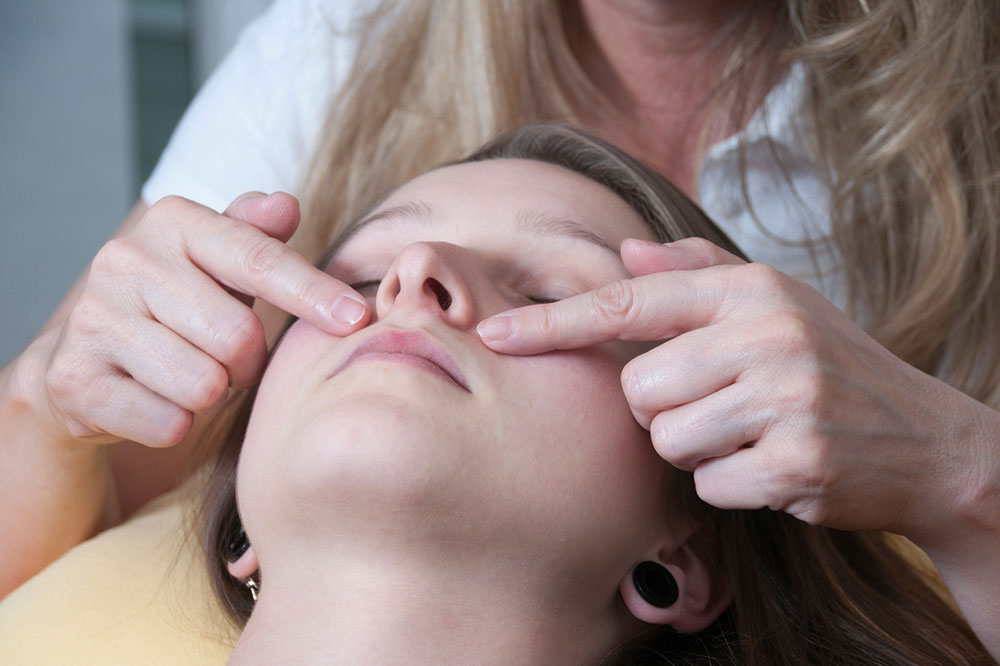
Nasal Polyps – Early Warning Signs You Cannot Ignore
Nasal polyps can affect anyone but are more common among adults. They can be defined as non-cancerous growths on the sinuses or lining of the nasal passages. These growths are painless and soft and can cause a number of breathing problems. The sooner you can identify the symptoms and warning signs of nasal polyps the easier they are to treat. Some of the common early symptoms and warning signs of nasal polyps are discussed herein.
Chronic Sinusitis
Nasal polyps are typically associated with swelling of the inner lining of the nasal passages. This can cause irritation and affect your sinuses. If this lasts for more than 12 weeks, it is termed as chronic sinusitis. Chronic sinusitis is often preceded by multiple acute sinusitis episodes.
Reduced Sense of Smell
Nasal polyp clusters or large growths can block the nasal passage and affect a person’s sense of smell. In addition, these polyps could cause a rotten smell in the nostrils. Even strong smells may seem too mild to recognize. In severe cases, the loss of smell may not return.
Runny Nose
Large nasal polyps can also make your nose run persistently or you could have a post-nasal drip. This is characterized by excessive mucus production. The mucus drips from the nose into the throat and accumulates in the back of the throat. This can cause you to constantly swallow your mucus or clear your throat.
Loss of Taste
The sense of smell and taste are connected. Thus, along with a reduced sense of smell, one of the common symptoms and warning signs of nasal polyps is a loss of taste.
Snoring
Large nasal polyps or clusters of smaller ones can block the nasal passages and cause breathing difficulties. This may result in snoring at night. Snoring once in a while may not be troublesome, but if it occurs frequently, it could be an issue for your partner.
Nosebleeds
Pressure from the nasal polyps can make the small blood vessels in the inner walls of the nostrils break. As a result, you may experience frequent nosebleeds. Nosebleeds in the back of the nostril are more serious as compared to nosebleeds at the front.
Headaches and Facial Pain
Large polyps can put pressure on the facial tissue causing pain in the forehead and parts of the face such as the eyes and cheeks. You may also experience pain in the teeth of the upper jaw.
Other isgns and symptoms
Small nasal polyps may often go undetected. This is because they do not have any nerve sensation. In such cases, you may realize you have nasal polyps only by recognizing subtle signs such as increased dependency on breathing through the mouth as compared to the nose. Stuffiness in the nose is another common sign.
Once you can recognize the symptoms and warning signs of nasal polyps, the condition can be treated. In the long-term, it is important to know that this a recurrent condition.



